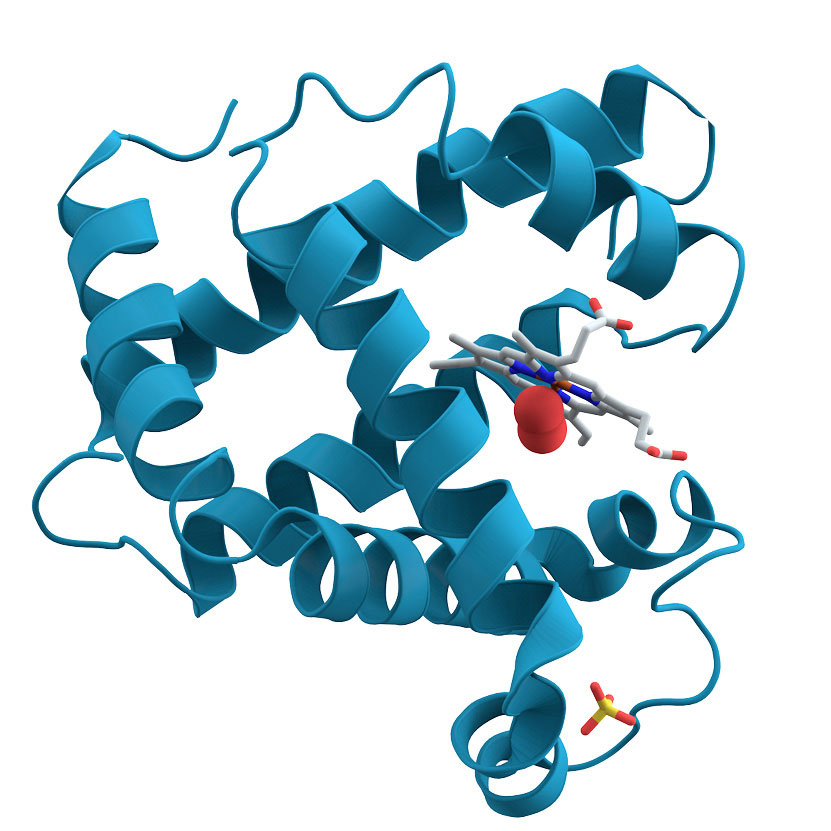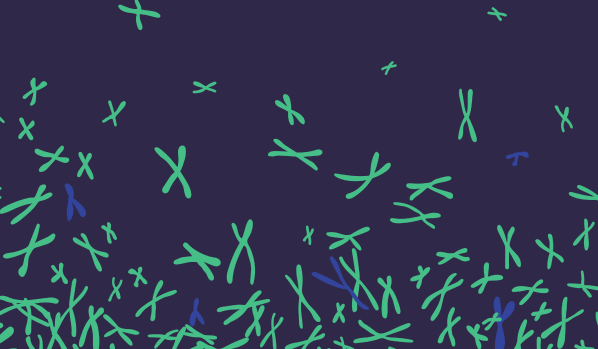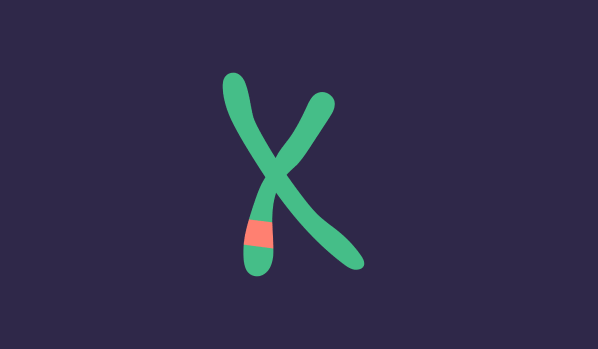What is a gene?
Your genes are an instruction manual for your whole body and are in almost every single cell.
The more you know about your genes and how they work, the more you’ll understand your own health!
Scientists around the world are unravelling the mysteries of our genes. Exploring our genes reveals our past and our future, from the diseases you’re more likely to get, to where your ancestors came from. Our resource bank is packed full of educational resources.
What is a gene?
Your genes are like an instruction manual to help make proteins, the building blocks of our bodies. Genes control how our bodies look, grow and function.
Humans have about 20,000 genes, and we inherit different versions of our genes from our biological parents. Genes also vary according to a person’s genetic ancestry, or the biological line that they and their ancestors come from. It is this variety in our genes that leads to differences in how people look and grow, their chance of developing certain diseases and their responses to certain medications. Scientists can now study across all of our genes (‘the genome’) to unlock clues that can be used to understand, prevent, diagnose and treat disease better.
Nearly all human beings have the same genes arranged roughly in the same order and more than 99.9% of you are the same as everyone else.
However, everyone’s instruction manual is just a little bit unique. This is what makes us look different, but also influences our risk of developing certain diseases and our responses to certain medications.
What is DNA?
Hidden inside almost every cell in your body is a chemical called DNA.
DNA is made up of millions of small chemicals called bases, represented by the letters A, T, C and G. These bases are like the letters that make up the words in your genetic ‘instruction manual’ that controls what proteins your body makes.
Every human has around 3,000,000,000 DNA bases and 20,000 genes. DNA is tightly coiled and packaged into chromosomes. You have 23 pairs of chromosomes in almost every cell.
What are cells and proteins?
Our bodies are made of about 30 trillion cells.
There are hundreds of different kinds of cells in the body, and each is designed to do different jobs. Inside our cells, there are proteins doing most of the work. Proteins are needed for the structure, function and regulation of our body’s tissues and organs and together with cells are the building blocks of our bodies that mean we can power our muscles, attack invading bacteria, make hormones like insulin and more.













